"深圳各区人口统计年鉴"相关数据
更新时间:2024-11-262019世界能源统计年鉴
In particular,the data compiled in this year's Review suggest that in 2018,global energy demand and carbon emissions from energy use grew at their fastest rate since 2010/11,moving even fur ther away from the accelerated transition envisaged by the Paris climate goals.
BP's economics team estimate that much of the rise in energy growth last year can be traced back to weather-related effects,as farmilies and businesses increased their demand for cooling and heating in response to an unusually large number of hot and cold days.The acceleration in carbon emissions was the direct result of this increased energy consumption.
Even if these weather effects are short-lived,such that the growth in energy demand and carbon emissions slow over the next few years,there seems lttle doubt that the current pace of progress is inconsistent with the Paris climate goals.The world is on an unsustainable path:the longer carbon emissions continue to rise,the harder and more costly will be the eventual adjustment to net-zero carbon emissions.Yet another year of growing carbon emissions underscores the urgency for the world to change.
The Statistical Review provides a timely and objective insight into those developments and how that change can begin to be achieved.
The strength iท energy consumption was reflected acroรs all the fuels,many of which grew more strongly than their recent historical averages.This acceleration was particularly pronounced for natural gas,which grew at one of its fastest rates for over 30 years,accounting for over 40% of the growth in primary energy.On the supply side,the data for 2018 reinforced the central importance of the US shale revolution.
【更多详情,请下载:2019世界能源统计年鉴】
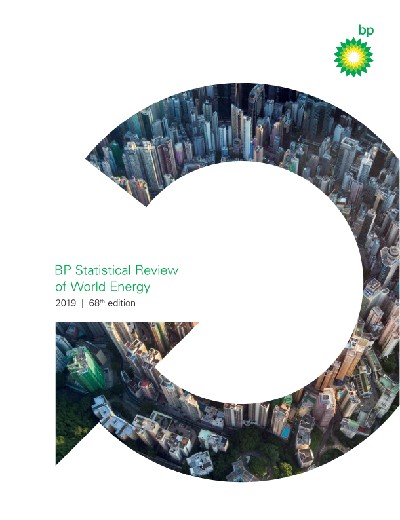
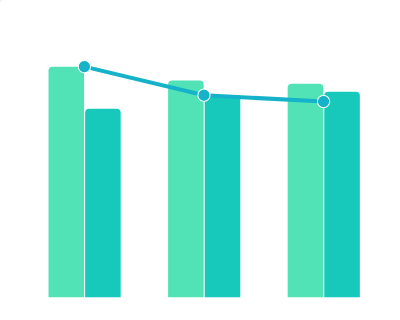 2020年深圳市各区人口性别构成该统计数据包含了2020年深圳市各区人口性别构成。其中光明区的性别比为141.25。2020年发布时间:2021-07-30
2020年深圳市各区人口性别构成该统计数据包含了2020年深圳市各区人口性别构成。其中光明区的性别比为141.25。2020年发布时间:2021-07-30 截至2021年深圳市各区人口该统计数据包含了截至2021年深圳市各区人口。11个区中,人口超过200万人的区有3个,在100万人至200万人之间的区有4个,少于100万人的区有4个。其中,常住人口居前五位的区合计人口占全市人口比重为81.63%。2021年发布时间:2021-07-15
截至2021年深圳市各区人口该统计数据包含了截至2021年深圳市各区人口。11个区中,人口超过200万人的区有3个,在100万人至200万人之间的区有4个,少于100万人的区有4个。其中,常住人口居前五位的区合计人口占全市人口比重为81.63%。2021年发布时间:2021-07-15 截至2021年深圳市各区人口年龄构成该统计数据包含了截至2021年深圳市各区人口年龄构成。11个区中,15-59岁人口比重在80%以上的区有3个,在70%-80%之间的区有7个,在70%以下的区有1个。2021年发布时间:2021-07-15
截至2021年深圳市各区人口年龄构成该统计数据包含了截至2021年深圳市各区人口年龄构成。11个区中,15-59岁人口比重在80%以上的区有3个,在70%-80%之间的区有7个,在70%以下的区有1个。2021年发布时间:2021-07-15 1978年-2022年中国上海常住人口统计该统计数据包含了1978年-2022年中国上海常住人口统计。1978-2022年发布时间:2024-06-14
1978年-2022年中国上海常住人口统计该统计数据包含了1978年-2022年中国上海常住人口统计。1978-2022年发布时间:2024-06-14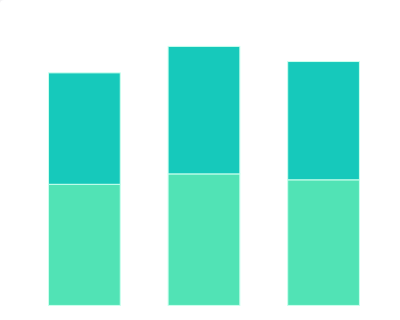 2011年与2021年深圳市各区15岁及以上人口平均受教育年限对比该统计数据包含了2011年与2021年深圳市各区15岁及以上人口平均受教育年限对比。与2010年第六次全国人口普查相比,全市常住人口中,15岁及以上人口的平均受教育年限由10.91年提高至11.86年。2021年发布时间:2021-07-15
2011年与2021年深圳市各区15岁及以上人口平均受教育年限对比该统计数据包含了2011年与2021年深圳市各区15岁及以上人口平均受教育年限对比。与2010年第六次全国人口普查相比,全市常住人口中,15岁及以上人口的平均受教育年限由10.91年提高至11.86年。2021年发布时间:2021-07-15 2010-2018年中国离婚与复婚人口统计该统计数据包含了2010-2018年中国离婚与复婚人口统计。其中,2018年有446.1对夫妻离婚,有56.3对夫妻复婚。2010-2018年发布时间:2020-12-10
2010-2018年中国离婚与复婚人口统计该统计数据包含了2010-2018年中国离婚与复婚人口统计。其中,2018年有446.1对夫妻离婚,有56.3对夫妻复婚。2010-2018年发布时间:2020-12-10 截至2020年11月1日中国流动人口统计该统计数据包含了截至2020年11月1日中国流动人口统计。全国流动人口为375816759人。2020年发布时间:2021-05-11
截至2020年11月1日中国流动人口统计该统计数据包含了截至2020年11月1日中国流动人口统计。全国流动人口为375816759人。2020年发布时间:2021-05-11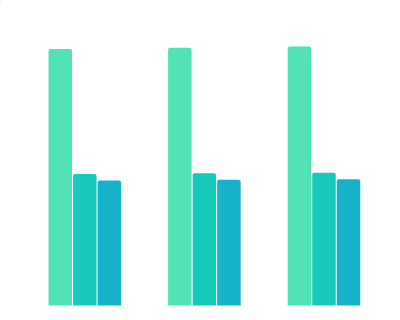 2010-2019年中国总人口统计情况该统计数据包含了2010-2019年中国总人口统计情况。2019年我国年末总人口为140005万人。2010-2019年发布时间:2020-06-04
2010-2019年中国总人口统计情况该统计数据包含了2010-2019年中国总人口统计情况。2019年我国年末总人口为140005万人。2010-2019年发布时间:2020-06-04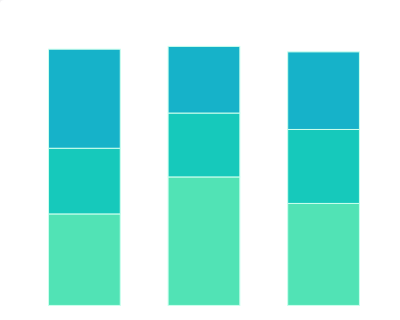 截至2021年深圳市各区每10万人口中拥有的各类受教育程度人数该统计数据包含了截至2021年深圳市各区每10万人口中拥有的各类受教育程度人数。全市10万人口中拥有大学学历的受教育程度人数为28849人。2021年发布时间:2021-07-15
截至2021年深圳市各区每10万人口中拥有的各类受教育程度人数该统计数据包含了截至2021年深圳市各区每10万人口中拥有的各类受教育程度人数。全市10万人口中拥有大学学历的受教育程度人数为28849人。2021年发布时间:2021-07-15 2013-2019年北京市常住人口统计该统计数据包含了2013-2019年北京市常住人口统计。2019年常住人口2153.6万人。2013-2019年发布时间:2020-03-09
2013-2019年北京市常住人口统计该统计数据包含了2013-2019年北京市常住人口统计。2019年常住人口2153.6万人。2013-2019年发布时间:2020-03-09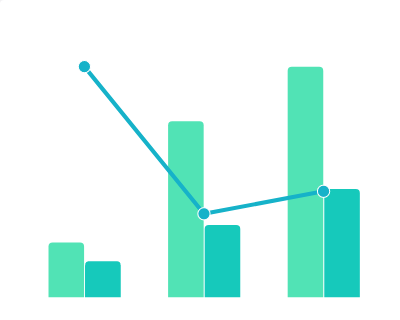 截至2020年11月1日中国人户分离人口统计该统计数据包含了截至2020年11月1日中国人户分离人口统计。人户分离人口为492762506人,其中市辖区内人户分离人口为116945747人,流动人口为375816759人。2020年发布时间:2021-05-11
截至2020年11月1日中国人户分离人口统计该统计数据包含了截至2020年11月1日中国人户分离人口统计。人户分离人口为492762506人,其中市辖区内人户分离人口为116945747人,流动人口为375816759人。2020年发布时间:2021-05-11 2000-2020年深圳常住人口和户籍人口数据对比该统计数据包含了2000-2020年深圳历年常住人口和户籍人口数据对比情况。2000-2020年发布时间:2021-06-21
2000-2020年深圳常住人口和户籍人口数据对比该统计数据包含了2000-2020年深圳历年常住人口和户籍人口数据对比情况。2000-2020年发布时间:2021-06-21 1982年-2020年深圳市历次人口普查人口性别构成该统计数据包含了1982年-2020年深圳市历次人口普查人口性别构成。2020年性别比为122.43。1982-2020年发布时间:2021-07-30
1982年-2020年深圳市历次人口普查人口性别构成该统计数据包含了1982年-2020年深圳市历次人口普查人口性别构成。2020年性别比为122.43。1982-2020年发布时间:2021-07-30 2023年中国澳门人口统计(按年龄)该统计数据包含了2023年中国澳门人口统计(按年龄)。2023年发布时间:2024-09-30
2023年中国澳门人口统计(按年龄)该统计数据包含了2023年中国澳门人口统计(按年龄)。2023年发布时间:2024-09-30 2012年-2023年中国澳门人口统计该统计数据包含了2012年-2023年中国澳门人口统计。2012-2023年发布时间:2024-09-30
2012年-2023年中国澳门人口统计该统计数据包含了2012年-2023年中国澳门人口统计。2012-2023年发布时间:2024-09-30 2001年-2020年中国澳门年中人口统计该统计数据包含了2001年-2020年中国澳门年中人口统计。2001-2020年发布时间:2024-09-30
2001年-2020年中国澳门年中人口统计该统计数据包含了2001年-2020年中国澳门年中人口统计。2001-2020年发布时间:2024-09-30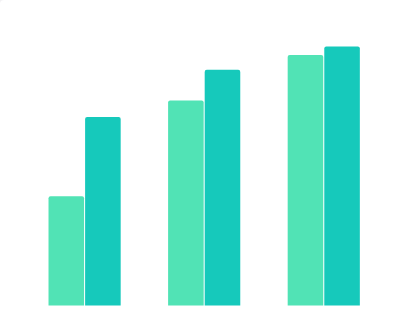 2005-2020年深圳预期人口目标及实际常住人口增长趋势该统计数据包含了2005年至2020年深圳预期人口目标及实际常住人口增长趋势。2005-2020年发布时间:2021-06-21
2005-2020年深圳预期人口目标及实际常住人口增长趋势该统计数据包含了2005年至2020年深圳预期人口目标及实际常住人口增长趋势。2005-2020年发布时间:2021-06-21 1982-2020年深圳市历次普查常住人口及年均增长率该统计数据包含了1982-2020年深圳市历次普查常住人口及年均增长率。2020年深圳市常住人口数为1756.01万人。1982-2020年发布时间:2021-07-21
1982-2020年深圳市历次普查常住人口及年均增长率该统计数据包含了1982-2020年深圳市历次普查常住人口及年均增长率。2020年深圳市常住人口数为1756.01万人。1982-2020年发布时间:2021-07-21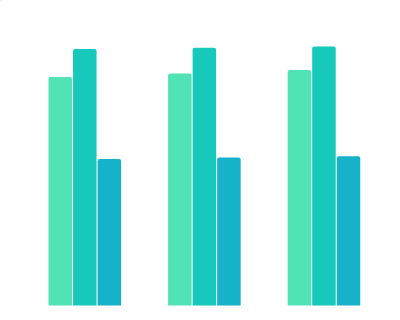 2010-2018年中国北上广三城市的总人口统计该统计数据包含了2010-2018年中国北上广三城市的总人口统计。2018年北京的总人口为1375.8万人,上海的总人口为1462.38万人,广州的总人口为927.69万人。2010-2018年发布时间:2020-06-04
2010-2018年中国北上广三城市的总人口统计该统计数据包含了2010-2018年中国北上广三城市的总人口统计。2018年北京的总人口为1375.8万人,上海的总人口为1462.38万人,广州的总人口为927.69万人。2010-2018年发布时间:2020-06-04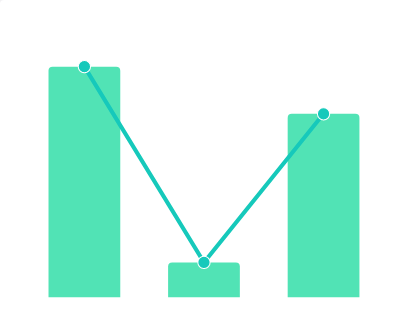 截至2021年深圳市常住人口年龄构成该统计数据包含了截至2021年深圳市常住人口年龄构成。15-59岁人口为13965964人,占79.53%。2021年发布时间:2021-07-15
截至2021年深圳市常住人口年龄构成该统计数据包含了截至2021年深圳市常住人口年龄构成。15-59岁人口为13965964人,占79.53%。2021年发布时间:2021-07-15





